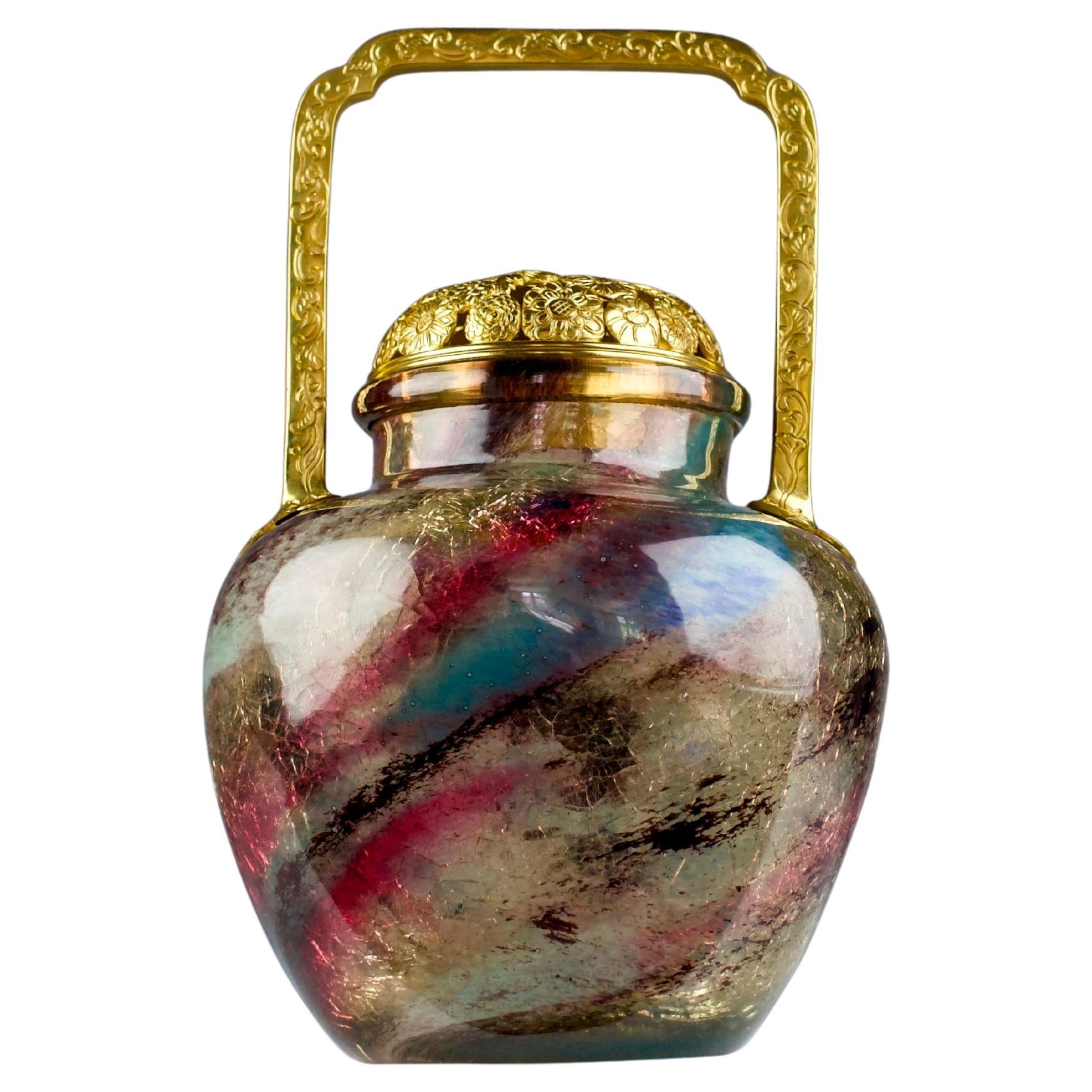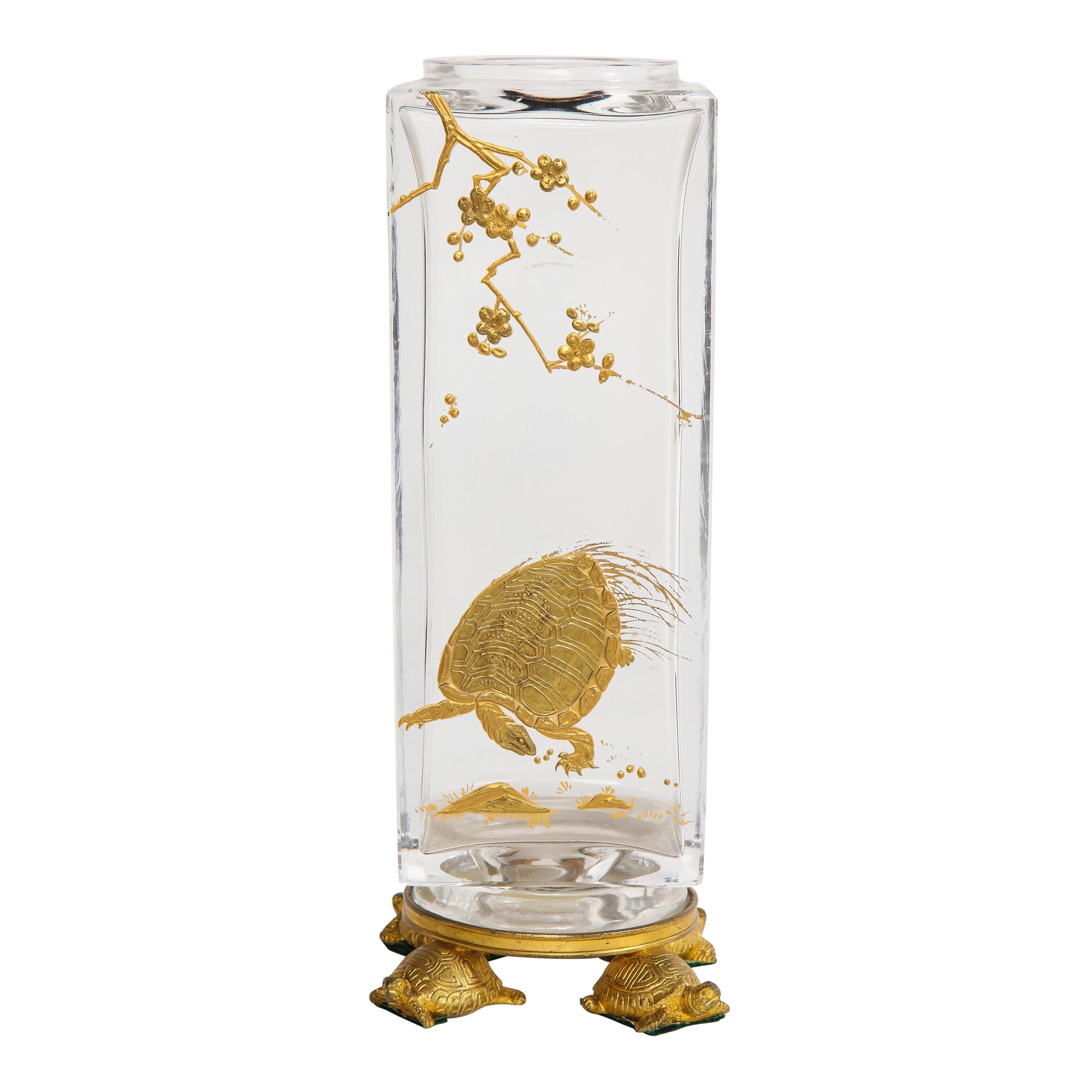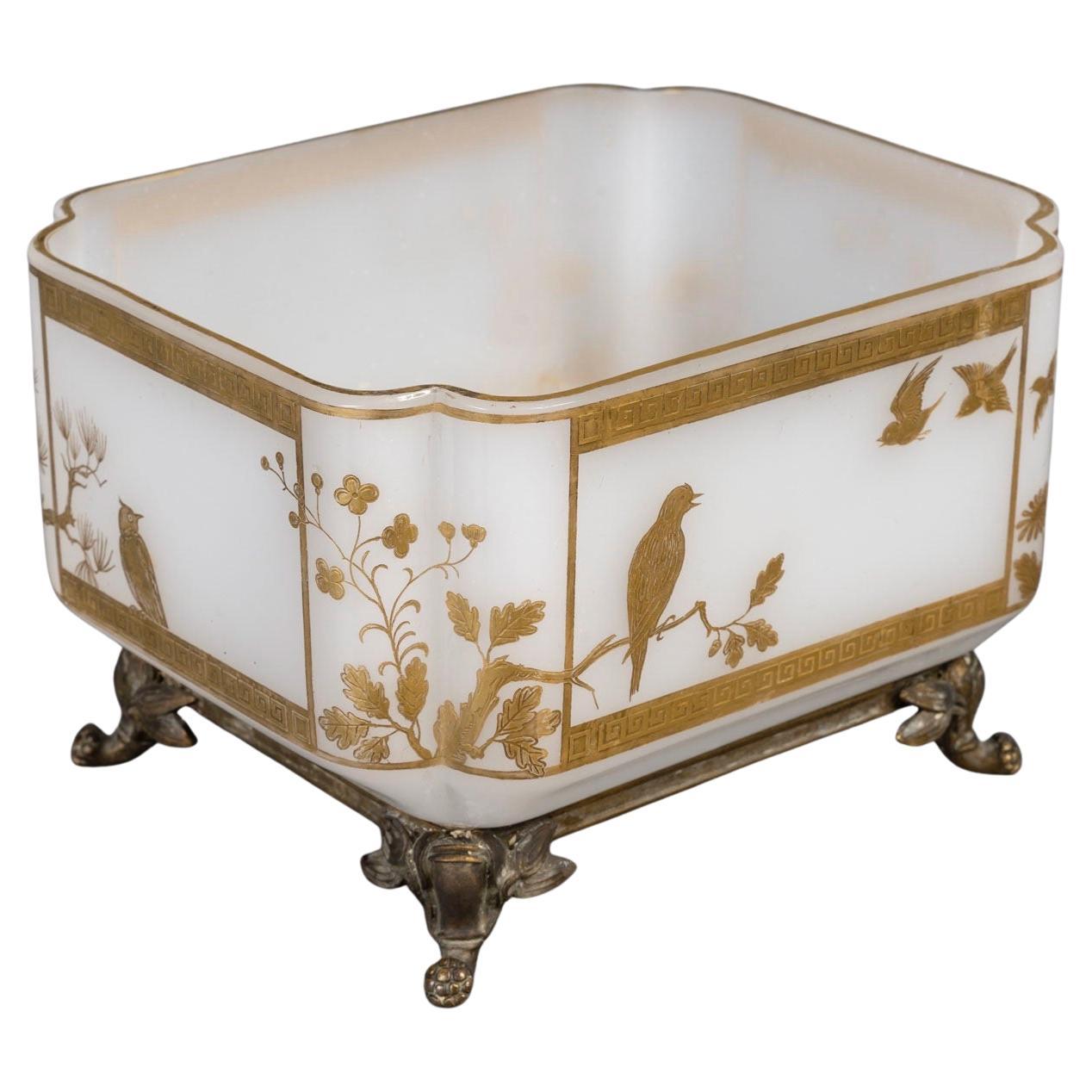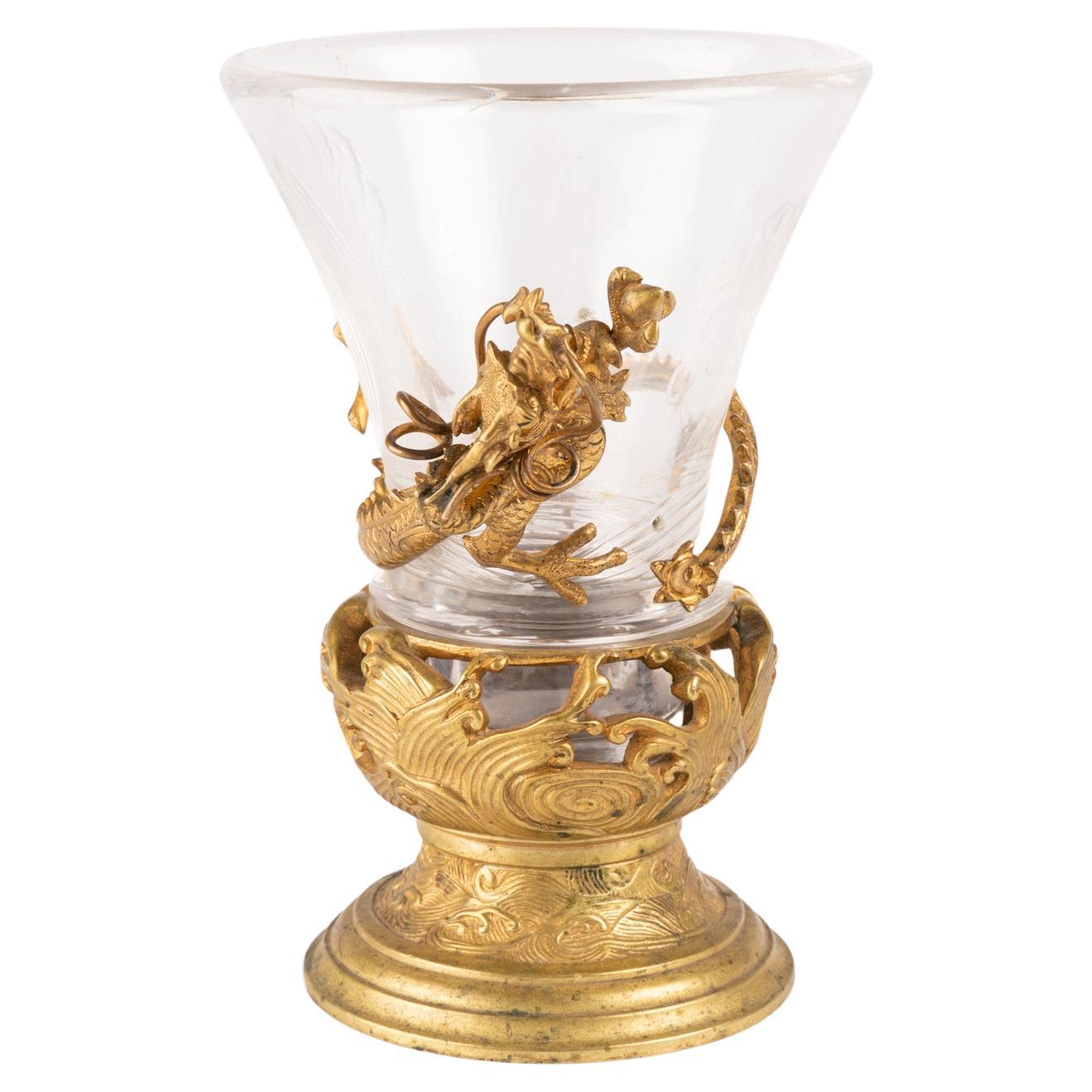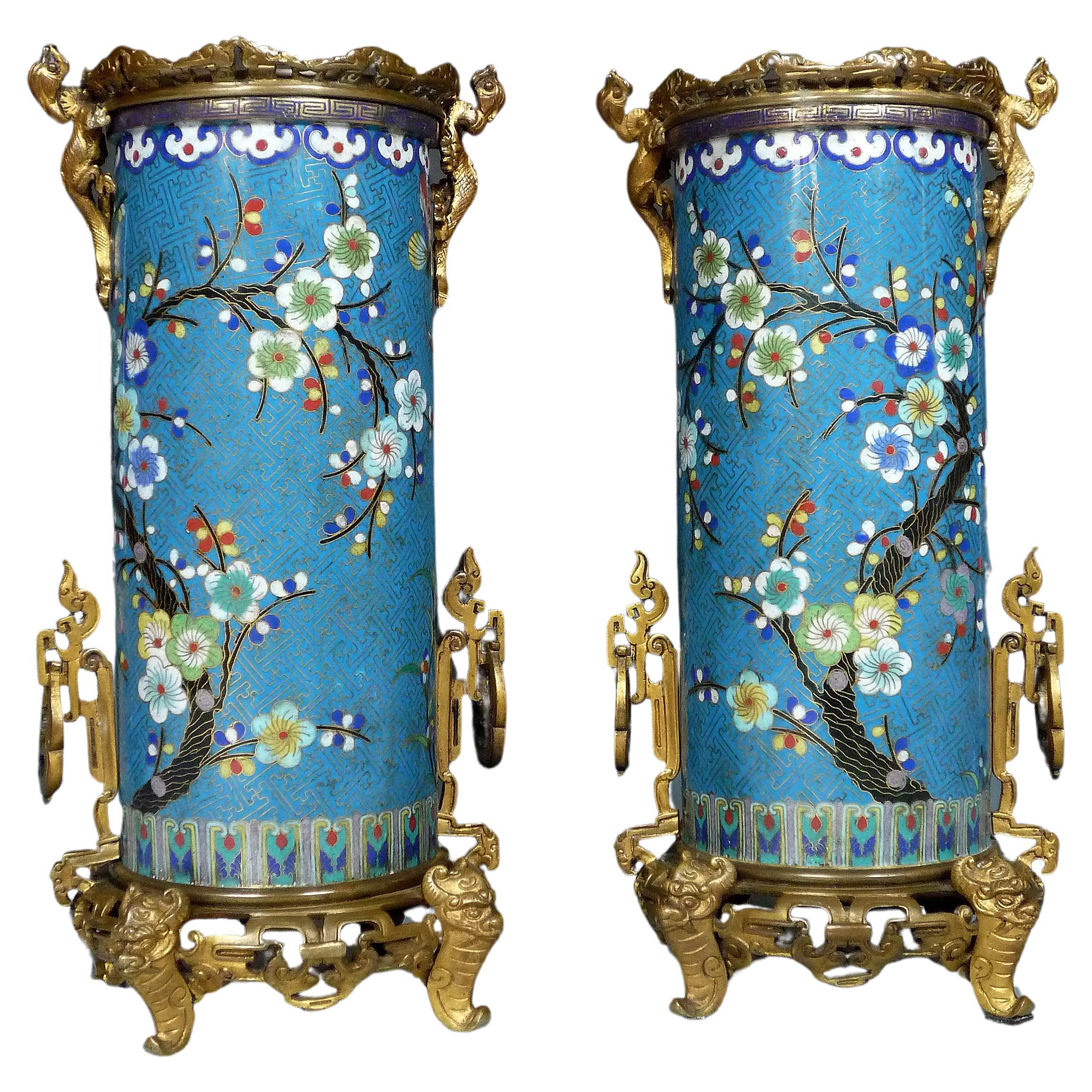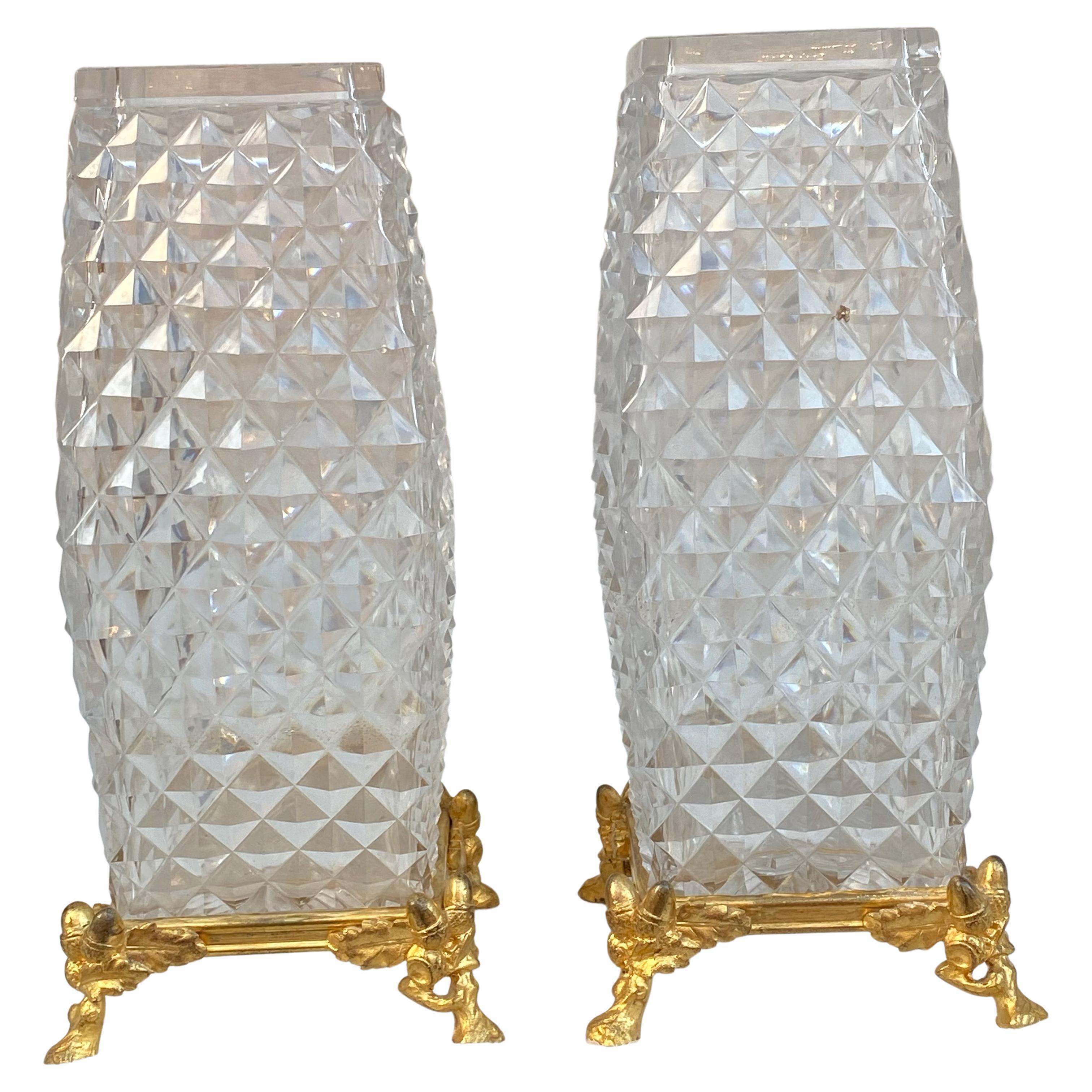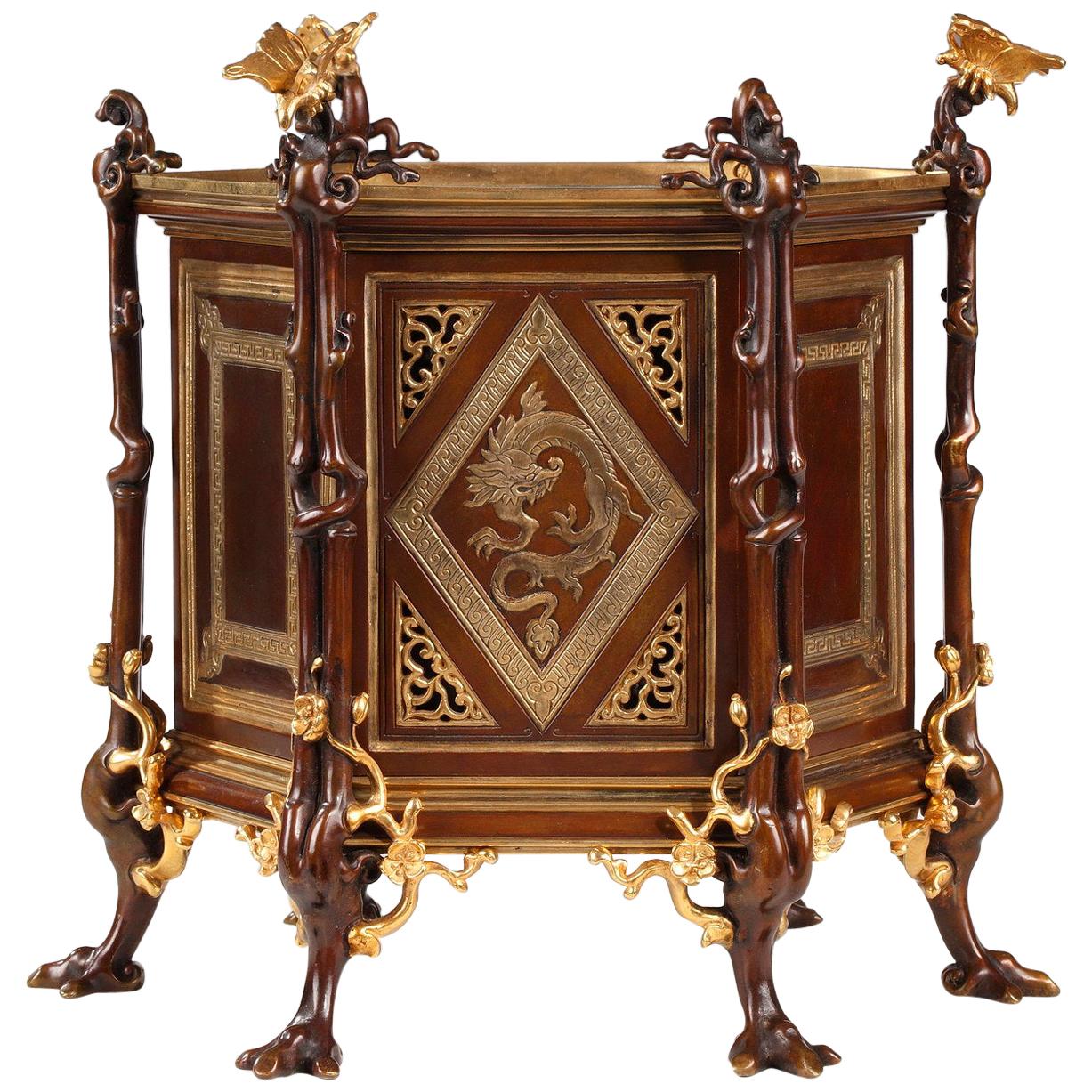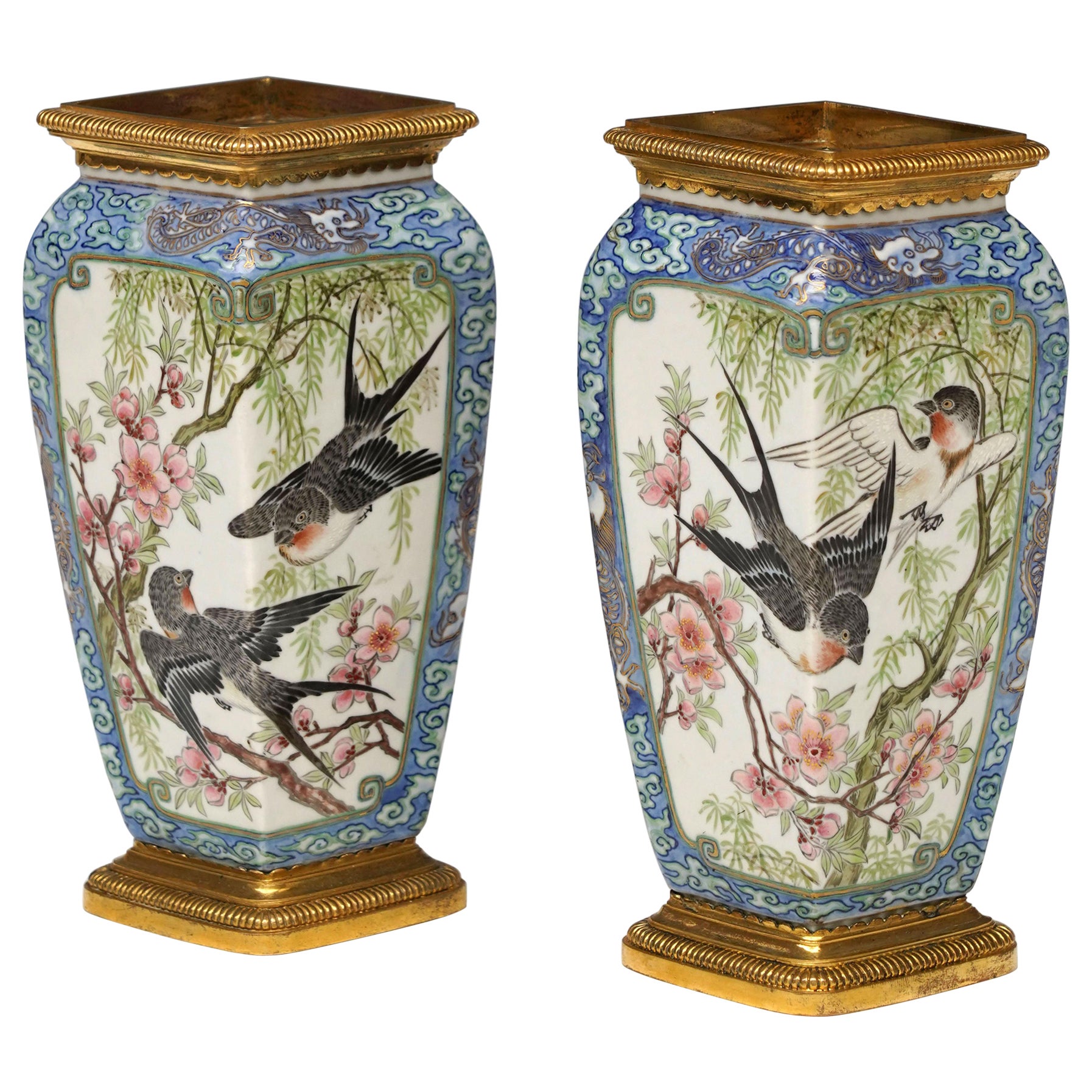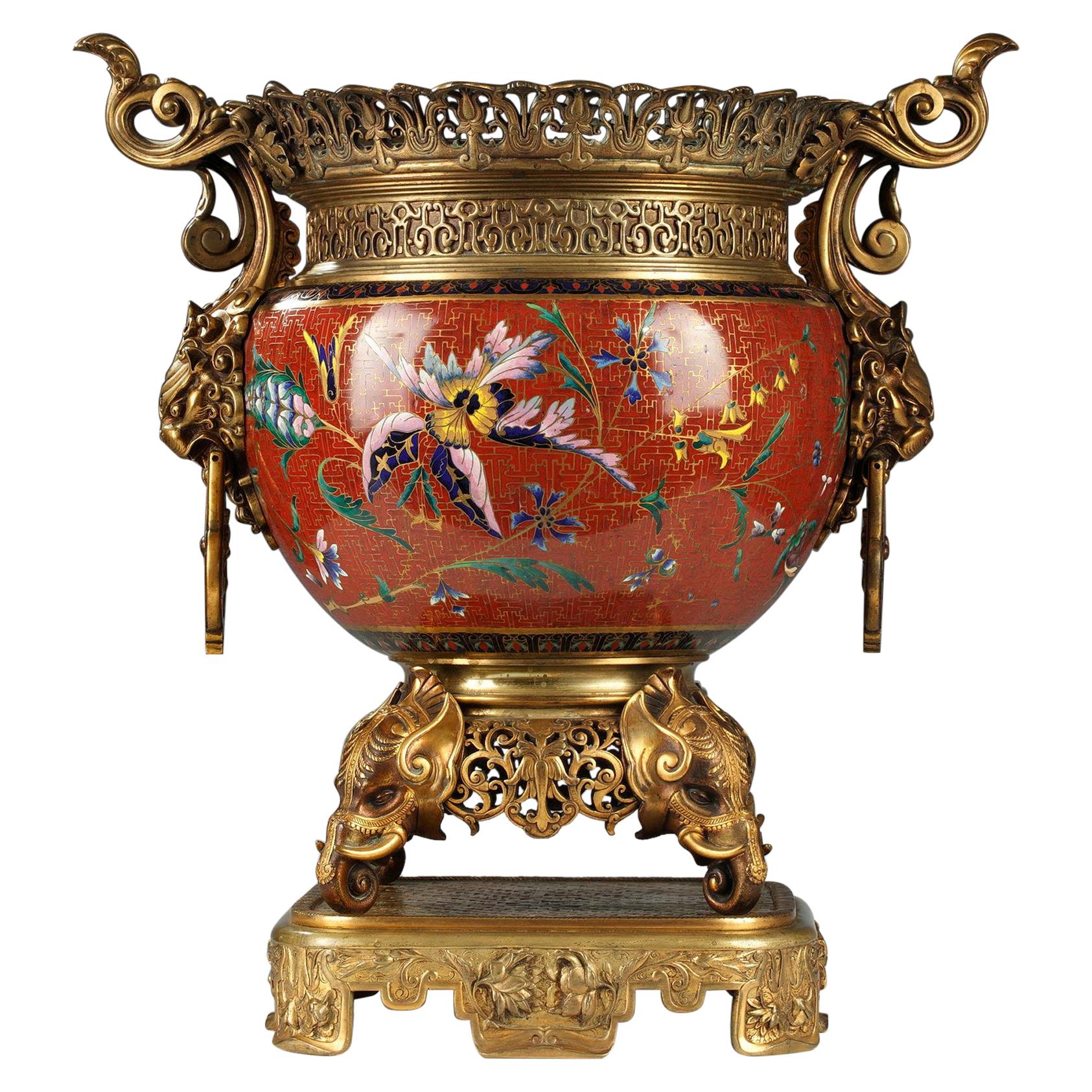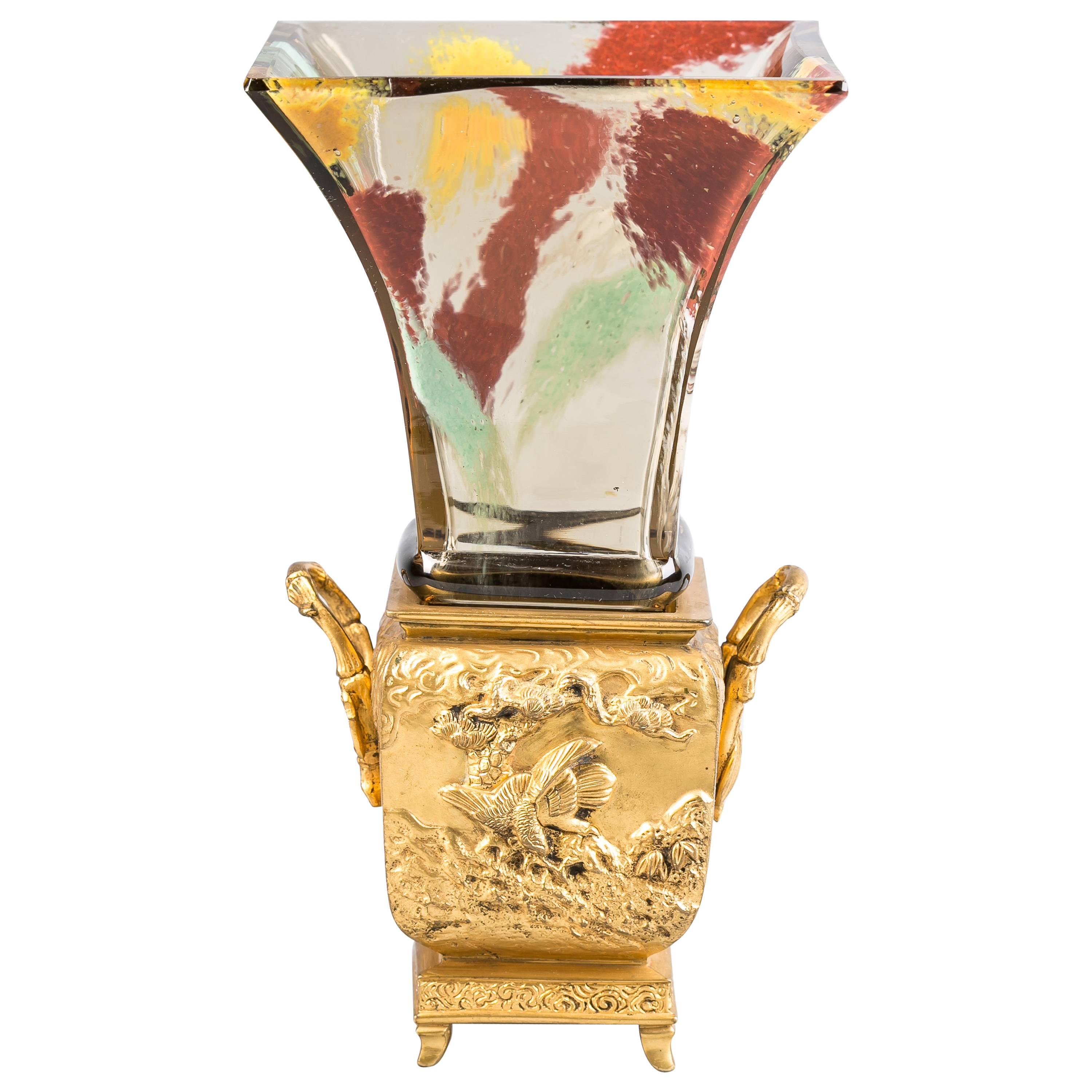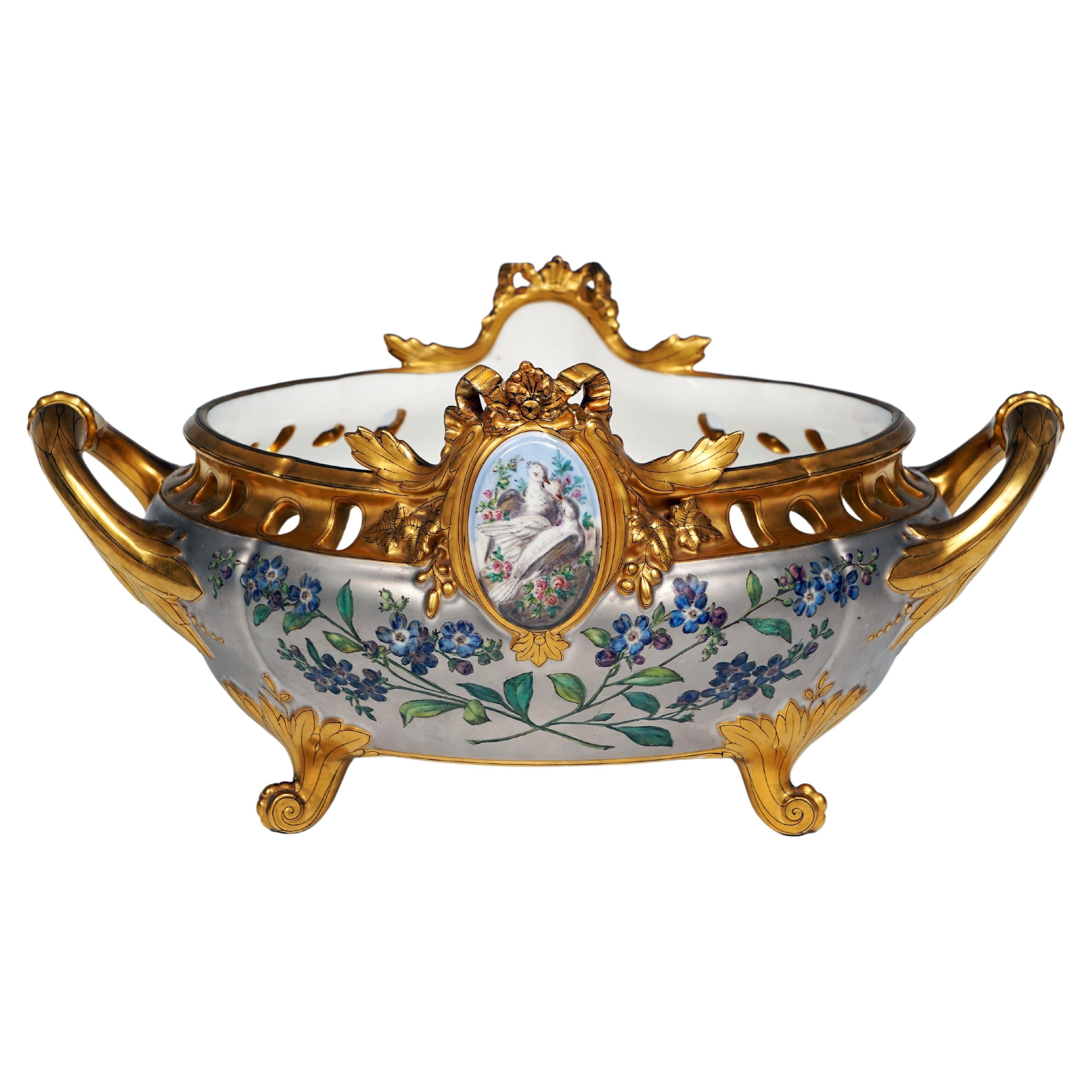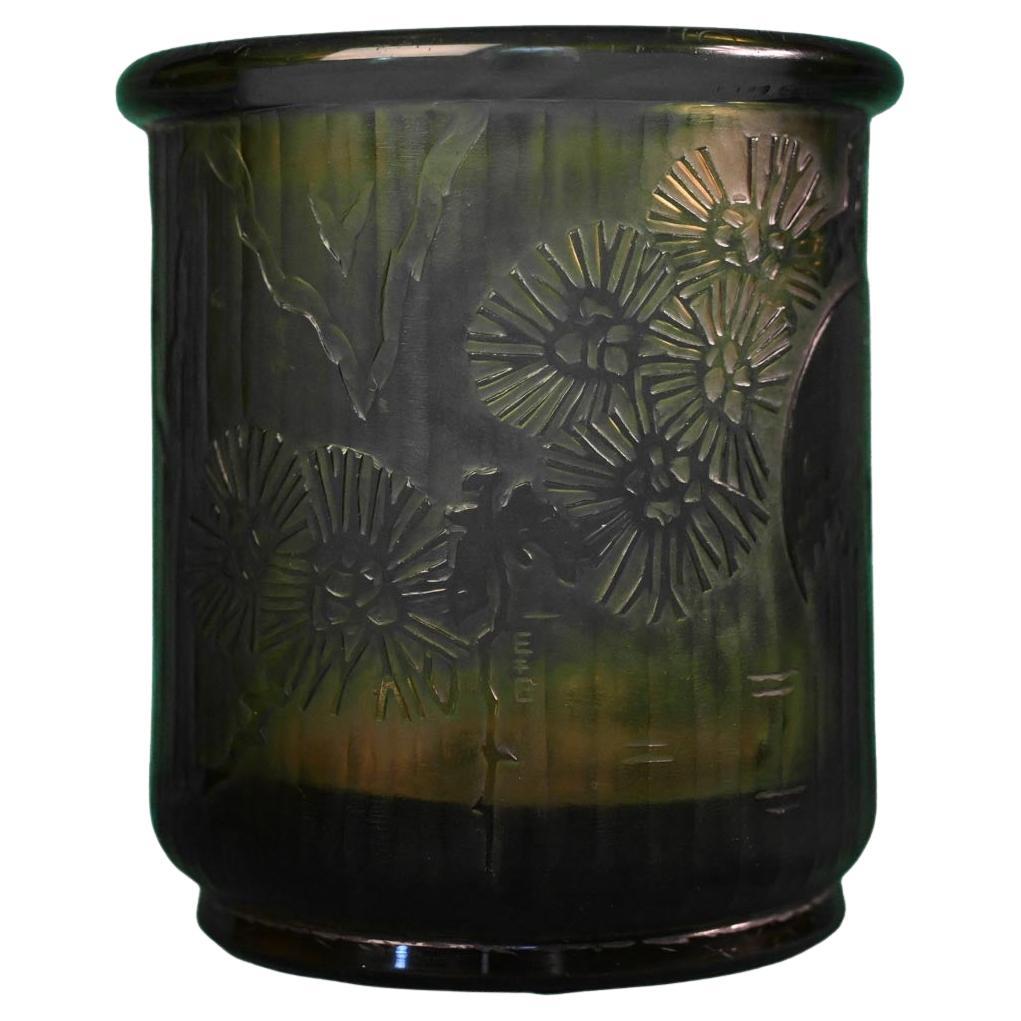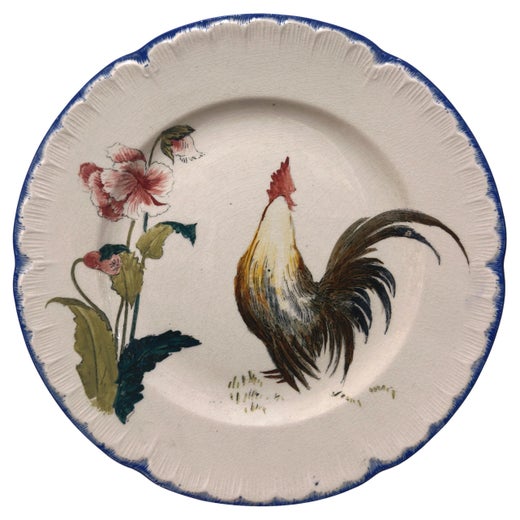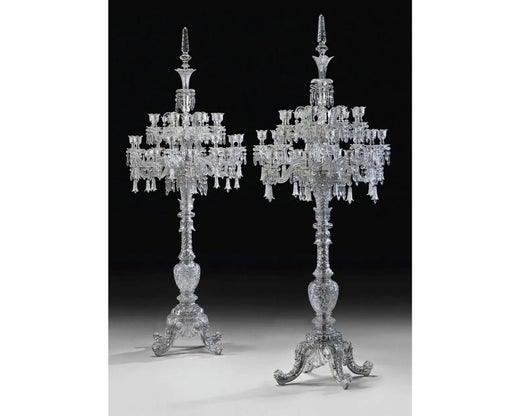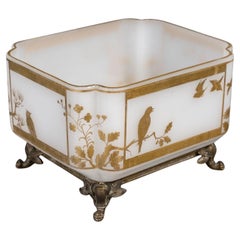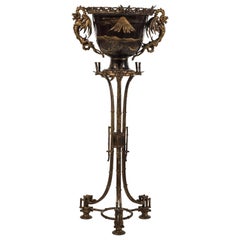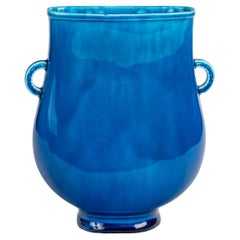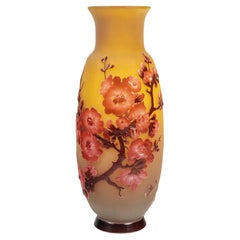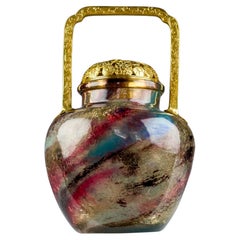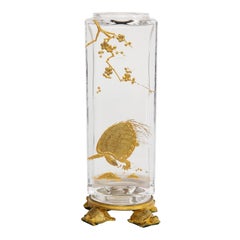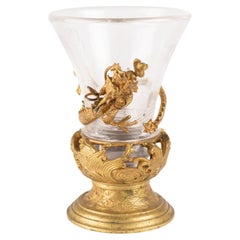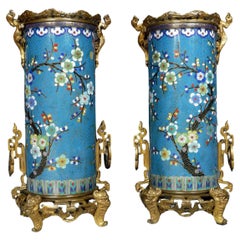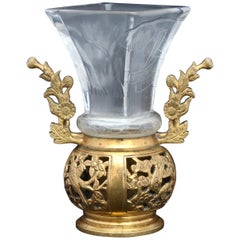
Japonisme Crystal Vase, Ormolu Mount by Maison Baccarat for Escalier De Cristal
View Similar Items
Japonisme Crystal Vase, Ormolu Mount by Maison Baccarat for Escalier De Cristal
About the Item
- Creator:
- Dimensions:Height: 8.27 in (21 cm)Width: 7.09 in (18 cm)Depth: 4.73 in (12 cm)
- Style:Japonisme (Of the Period)
- Materials and Techniques:
- Place of Origin:
- Period:
- Date of Manufacture:circa 1870
- Condition:Wear consistent with age and use.
- Seller Location:Saint-Ouen, FR
- Reference Number:1stDibs: LU2612318090462
L'Escalier de Cristal
Dating back to the Bourbon Restoration in France and the reign of Napoleon Bonaparte, l’Escalier de Cristal (the Crystal Staircase) was founded by Madame Veuve Désarnaud as the first company to offer decorative objects made from crystal and gilded bronze. The firm was located in the Palais Royal in Paris, opposite the Louvre. It grew through a series of owners to become the gold standard for reproductions of 18th-century furniture — so perfect they were often mistaken for originals.
Désarnaud won numerous awards for her creations, including a gold medal at the 1819 Paris Exposition des Produits de l’Industrie Française for a dressing table featuring her signature bronze-crystal combination. A tailor named Boin bought the company around 1830; he in turn sold it to Pierre-Isidore Lahoche in 1840. Lahoche’s son-in-law, Émile Pannier, joined in a partnership in 1952 before Émile’s sons took over in 1885, establishing Pannier Frères. The company ceased commercial production in 1923.
Starting as early as the 1860s, there was a growing appetite for Japanese-style furniture, thanks in large part to the Japanese pavilion at the International Exposition of 1867. Henry Pannier reimagined some of the company’s designs to meet this new demand. The stylized furniture was a huge success and earned the company many awards, including the gold medal at the 1900 Paris Exposition Universelle. Others who contributed to this stylistic trend included French artist Émile Gallé, French glassmaker and ceramicist François-Eugène Rousseau, French furniture designer Louis Majorelle and French cabinetmaker Gabriel Viardot.
Henry Pannier made a constant effort to sketch each object the company sold and record it in his notebooks. Over 50 years, he recorded 2,800 furniture designs, each with its own name, date of sale and price. On some pieces, l’Escalier de Cristal signed the models, adding a layer of authenticity and distinction for today’s collectors.
Museums around the world have collected pieces from l’Escalier de Cristal, including the State Hermitage Museum in Saint Petersburg, the Musée d'Orsay in Paris and the Corning Museum of Glass in New York.
On 1stDibs, find a collection of l’Escalier de Cristal decorative objects, vases, desk accessories and more.
Cristalleries De Baccarat
One of the world’s foremost crystal manufacturers, Baccarat has long been emblematic of luxury and exquisite craftsmanship. Starting in the early 19th century, objects produced by the French company — from stemware to chandeliers to brightly colored paperweights — became a staple of noble and wealthy households across Europe and as far afield as India. Along with the purity and quality of their glass, Baccarat crystal makers can boast a remarkable fluency with a range of design styles — from cut-glass neoclassical pieces to sinuously etched Art Nouveau designs.
Baccarat began as a kind of industrial development project. In 1764, the Bishop of Metz and other landowners in heavily forested northeastern France persuaded Louis XV to sanction a glassworks in the area — timber being a key resource required for the furnaces used in glass production.
In its early years the company produced humble products such as window panes and simple drinking glasses. In 1816 a new owner began making crystal, and seven years later Louis XVIII — who had taken the throne after the defeat of Napoleon — gave Baccarat its first royal commission, for tableware. In the ensuing years, an estimated one-third of the company’s workforce was dedicated to commissions to the Russian imperial court alone.
Spurred by the intense competition between global industries in the latter 19th century — fought in public view in the many world expositions of the era — Compagnie des Cristalleries de Baccarat, as it had finally become known, elevated its level of artistry by adopting new technologies and creating a rigorous training program. The firm broadened its stylistic range, embracing Asian influences and new engraving methods, and increasing production of its now iconic millefiori paperweights.
The designer Georges Chevalier, who worked for Baccarat for more than five decades beginning in 1916, ushered the company into the realm of modernist design. In recent years, Baccarat has employed such renowned contemporary designers as Philippe Starck and Marcel Wanders, ensuring that Baccarat crystal will continue to enjoy pride of place on up-to-date tables. But as you will see from the offerings on these pages, Baccarat has items to suit any taste.
Find antique Compagnie des Cristalleries de Baccarat furniture and decorative objects for sale on 1stDibs.
More From This Seller
View AllAntique 1860s French Japonisme Planters, Cachepots and Jardinières
Ormolu
Antique 1870s French Japonisme Planters, Cachepots and Jardinières
Metal, Bronze
Antique 1870s French Japonisme Vases
Faience
Vintage 1910s French Art Nouveau Glass
Art Glass
Vintage 1920s French Art Deco Vases
Earthenware
Antique 1870s French Chinoiserie Inkwells
Ormolu
You May Also Like
Antique 1880s French Japonisme Urns
Crystal, Bronze
Antique 1880s French Japonisme Vases
Crystal, Bronze
Antique 19th Century French Napoleon III Vases
Crystal, Bronze
Antique 1870s French Japonisme Vases
Bronze, Enamel
Antique 1880s French Japonisme Vases
Crystal, Bronze
Antique 1890s French Japonisme Planters, Cachepots and Jardinières
Bronze
